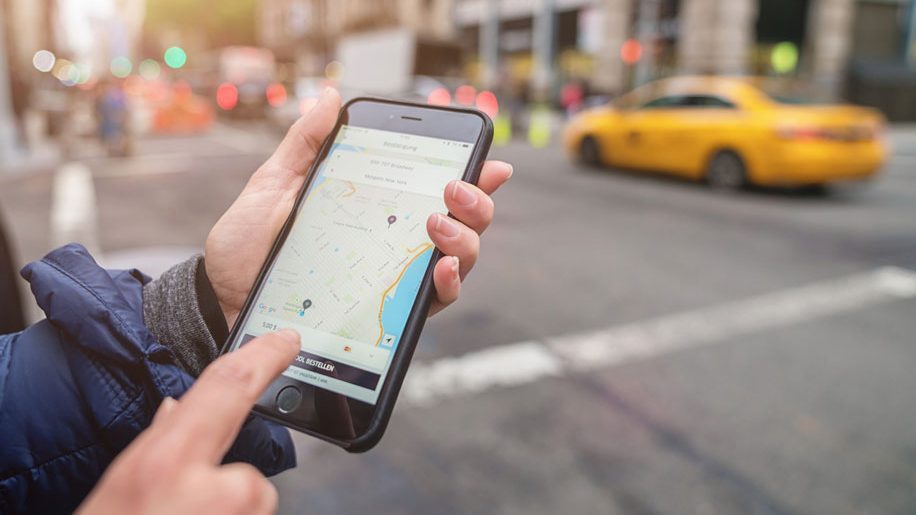The taxi sector has been devastated by ride-sharing applications. They are made possible by the widespread adoption of smartphones, while automakers have record sales.
This article explores the potential long-term effects of ridesharing on the automotive sector as a whole. Some pessimists have forecast falling sales numbers, but it now appears that rising car uniformity poses a greater risk. This might have a significant impact on the financial health of both new-vehicle production and used-vehicle retailing.
See Also: Low-Interest Rates: Challenges & Opportunities
The focus of this piece is on the effect of ride-sharing services on the taxi and limousine industries.
The number of automobiles sold is a major factor in the profitability of car lots, lenders, and producers. Under the assumption of a constant markup in either the new or used automobile market, the profitability of the industry will be determined by the total number and dollar volume of retail sales to consumers or ridesharing firms and contractors. A major issue is the threat of price erosion from outside forces. Both of these concerns will be examined in detail.
Because ridesharing is still relatively new, it is too soon to determine if a fundamental shift in the transportation industry has occurred. Therefore, we shall take a more theoretical tack by outlining a basic economic model. The impact on sales and costs will be analyzed after we loosen some of the constraints in our model.
Let’s simplify things and say there is simply the primary (brand-new car) market for automobiles. People from the same demographic all buy brand-new cars, which they then “drive into the ground.” Also, let’s pretend that the total number of individual trips is unchanging and that the physical wear and tear on a given private vehicle is proportional to the number of miles driven. Imagine that all vehicles are autonomous.
Because of this, the total amount of vehicle depreciation by society will not be impacted if consumers simply opt to swap a journey taken in their own car for one taken in a ride-share.
Repercussions for Ride-Sharing & The Brand-New Automobile Market
Many observers worry that the auto industry would suffer because of ridesharing because of the widespread belief that it will reduce automobile ownership. Perhaps, though, they have nothing to worry about, as our fundamental model description shows.
Let’s think about what would happen if we abandoned the idea of vehicle uniformity. Instead, presuppose that technological improvements are always being made to the design of automobiles. Vehicles will experience both physical deterioration and technological change, as shown by this new assumption. As a result, even if a vehicle does not accrue the maximum allowable number of depreciation units, it may nevertheless be demolished. Purchasers can now choose between more technologically advanced vehicles (or, indeed,).



















